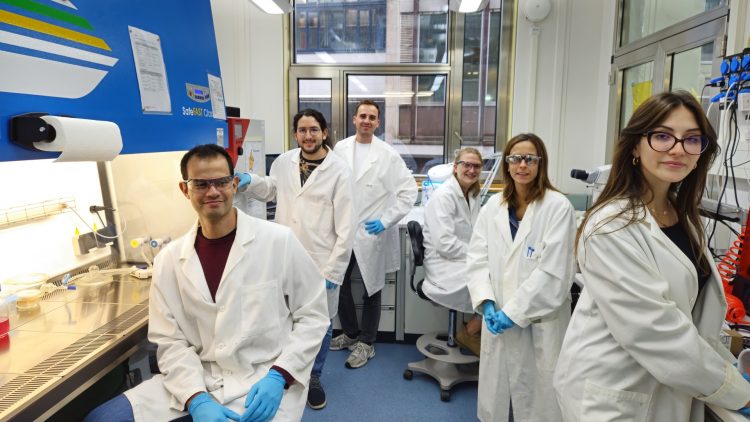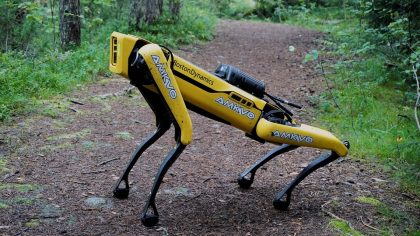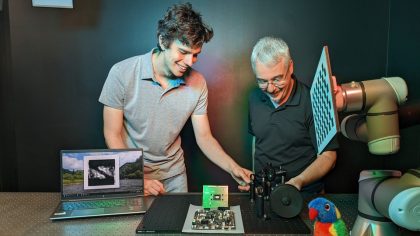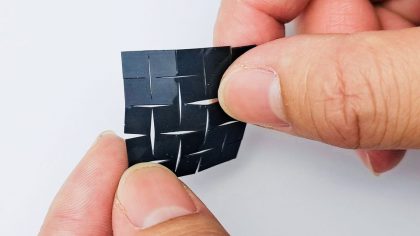When will we see living robots? The challenges facing biohybrid robotics
● Biohybrid robotics aims to combine living tissue with mechanical components to create robots that are more flexible, silent, biodegradable and capable of self-healing.
● Progress in the field is hampered by major technical challenges, such as the size of artificial muscles and muscle nutrient requirements.
● However, help is at hand from AI which can optimize the fabrication of artificial muscles by modelling cell quantities and the manner in which they will be assembled before they are grown in a lab.
Read the article
● Progress in the field is hampered by major technical challenges, such as the size of artificial muscles and muscle nutrient requirements.
● However, help is at hand from AI which can optimize the fabrication of artificial muscles by modelling cell quantities and the manner in which they will be assembled before they are grown in a lab.


Artificial pollination: robotic solutions that aim to supplement the work of bees
Read the article



Voice without vocal cords: a machine learning assisted device that enables patients to speak
Read the article
